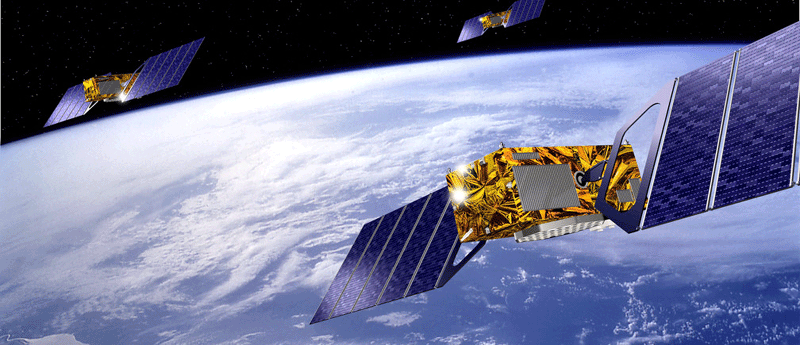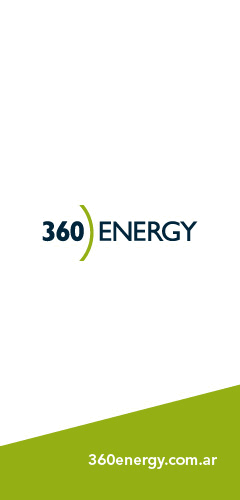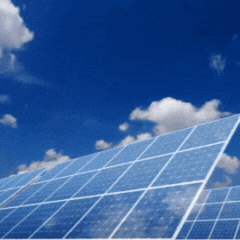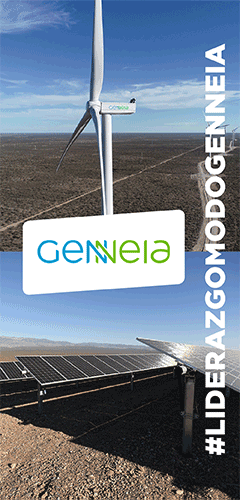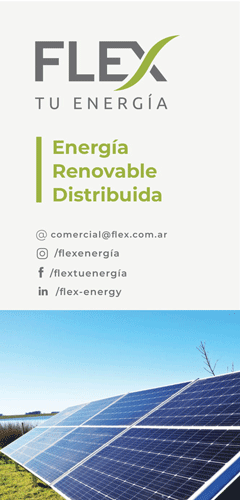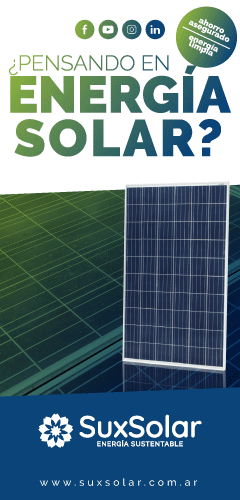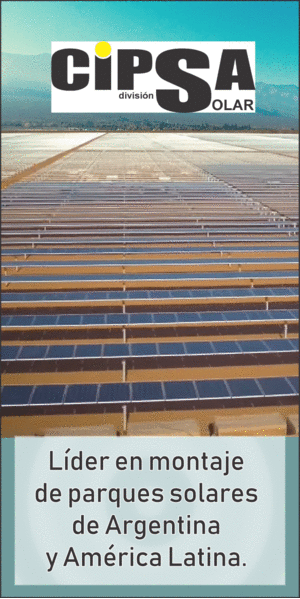#Europe #Satellites #Co2 #Emissions #RenewableEnergy #ClimateChange #GlobalWarming
European governments agreed on May 26, 2003 to launch the long-delayed Galileo space program, seen as a potential rival to the U.S. military’s GPS global satellite positioning system. The satellites will be able to give an accurate figure of CO2 in the atmosphere produced by humans.
The world’s first constellation of CO2-monitoring satellites is being planned by the European Space Agency (ESA).
Once in orbit, they will track CO2 hotspots across the world, making it possible to determine the anthropogenic, or man-made, contribution to levels of carbon in the atmosphere.
The project is likely to be made up of three satellites and will form part of the Copernicus space programme, which is jointly funded by the European Union and the ESA. Its funding will be decided at an meeting in Seville, Spain, in November.
Developing the satellites will cost “somewhere above the €600 million ($670 million) mark,” not including launch or operation costs, according to Guido Levrini, Copernicus Space Segment Programme Manager at the ESA.
Since 1958, the Mauna Loa Observatory in Hawaii has monitored atmospheric CO2 levels. Its measurements feed into the Keeling Curve, a record that shows the extent to which human activity has influenced atmospheric carbon levels. Those levels are now almost double pre-industrial amounts.
The Keeling Curve Image: Scripps Institution of Oceanography
The EU satellites will allow more thorough assessments of carbon emissions across European countries, some of which may struggle to hit their targets.
The EU has set three key climate and energy targets to hit by 2030:
At least 40% cuts in greenhouse gas emissions (compared with 1990 levels)
At least 32% share for renewable energy
At least 32.5% improvement in energy efficiency.
Sean Fleming
Senior Writer, Formative Content
SOURCE: WORLD ECOMIC FORUM

